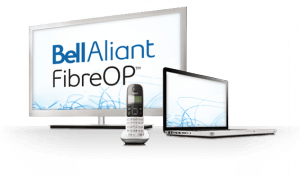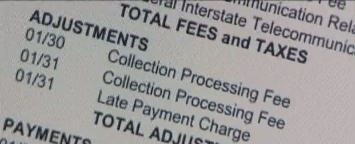Comcast Cable subscribers in Colorado Springs got more than a bowl of Froot Loops Thursday morning when local ABC affiliate KRDO was suddenly replaced with hardcore adult pornography during an airing of Good Morning America.
Viewers were outraged by the risque replacement, which most assumed was the fault of the TV station.
“I’ve been on the phone already this morning after the porn that was broadcast while my daughter was eating breakfast,” wrote one angry viewer or KRDO’s Facebook page. “I’m outraged! Sick!”
The problems started just after 4 in the morning when Comcast technicians set off a series of cascading failures that ended up disrupting several broadcast TV signals on the cable dial throughout southern Colorado. But amidst snowy pictures, technical difficulty slides, and test patterns, the appearance of XXX-rated programming for several minutes during ABC-TV’s popular morning news show caused some chaos at KRDO studios when the phones started ringing.
 Station officials could do nothing but watch the parade of adult entertainment on their studio monitors. Since the problem was at the cable company, only Comcast subscribers coped with the mishap.
Station officials could do nothing but watch the parade of adult entertainment on their studio monitors. Since the problem was at the cable company, only Comcast subscribers coped with the mishap.
“We are aware that Comcast is not airing our programming right now,” KRDO posted on its Facebook page early Thursday morning. “It’s an issue with Comcast. We are working on getting it fixed.”
Later Thursday, visibly upset station management appeared on the evening local news to apologize for the error. Comcast later admitted responsibility for the technical snafu:
We sincerely apologize for the programming interruption on KRDO News Channel 13 (ABC) in Colorado Springs and Pueblo. In the process of correcting a technical system issue, a series of channels were inadvertently shown live on KRDO during the morning programming. The issue was a result of human error which has been resolved and preventative measures have been taken to avoid this from happening in the future.
[flv width=”480″ height=”290″]http://www.phillipdampier.com/video/KRDO Colorado Springs Comcast Channel Switcheroo 4-12-12.mp4[/flv]
KRDO in Colorado Springs found its regular airing of Good Morning America replaced with hardcore pornography on Comcast Cable. (2 minutes)


 Subscribe
Subscribe







